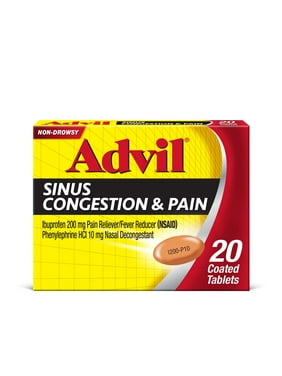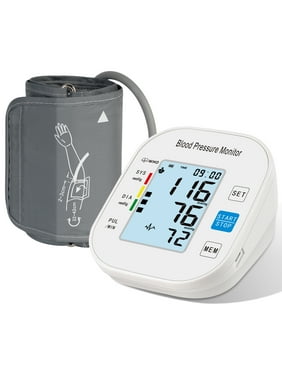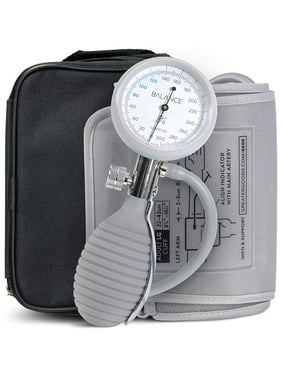When it comes to deciding between the Emergency Department and Urgent Care, it’s essential to understand the differences and choose the right option based on your health needs. Let’s break it down:
- Emergency Room (E.R.):
- Severity of Health Problems: The ED is the place to go for life- or limb-threatening conditions in people of all ages. If you require immediate medical attention, head straight to the ED.
- Staff and Resources: E.R.’s are staffed 24/7 with physicians, physician assistants, nurse practitioners, and nurses who specialize in delivering emergency care. They have access to expert providers in advanced specialties like Cardiology, Neurology, and Orthopedics. Additionally, E.R.’s have imaging and laboratory resources for diagnosing and treating severe and life-threatening situations.
- Examples of Conditions Treated in the ED:
- Chest pain or pressure
- Compound fractures (bones protruding through the skin)
- Head injuries
- Pneumonia
- Seizures
- Severe abdominal pain
- Shortness of breath
- Sudden, severe headache or paralysis/weakness
- Uncontrolled bleeding
- Remember: If you’re experiencing difficulty breathing, a life or limb injury, signs of stroke, or heart attack, call 911 instead of driving yourself to the ED.
- Urgent Care:
- Middle Ground: Urgent Care bridges the gap between your primary care provider and the ED. It’s suitable for minor illnesses or injuries that can’t wait until the next day.
- Staff and Services: Urgent Care clinics are typically staffed with physician assistants, nurse practitioners, and nurses. Some may also have physicians. They can order basic labs and imaging tests (like X-rays) to aid in diagnoses and treatment planning.
- Examples of Conditions Treated in Urgent Care:
- Back or muscle pain
- Bronchitis
- Cuts and minor burns
- Diarrhea
- Earache
- Skin conditions
- Sprains or joint pain
- Upper respiratory infections
- Urinary tract infections
- Vomiting
- Cost and Wait Times: Urgent Care clinics are often less expensive and have shorter wait times compared to the E.R.
- Virtual Urgent Care: If in-person care isn’t feasible, consider virtual urgent care options.
- Insurance Coverage: If you’re unsure about how your insurance covers emergency and urgent care visits, don’t hesitate to reach out for assistance.
Remember, prioritize your health and safety, and choose the appropriate care based on the severity of your condition!








